Almost every month I find myself ooo-ing and ahh-ing over a new kitchen appliance. First, it was the slow cooker. Next, the spiralizer. And I can’t forget about the mandoline, the NutriBullet, the VitaMix, and well…you get the picture.
My recent obsession? The dehydrator! Using this tool to dry out fruits and vegetables is an easy way to spice up your eating routine, and to add different flavors and textures to your meals. Plus, the nutrients and fiber in dehydrated produce are fairly well preserved.
Read on about dehydrator tips, tricks, and benefits.
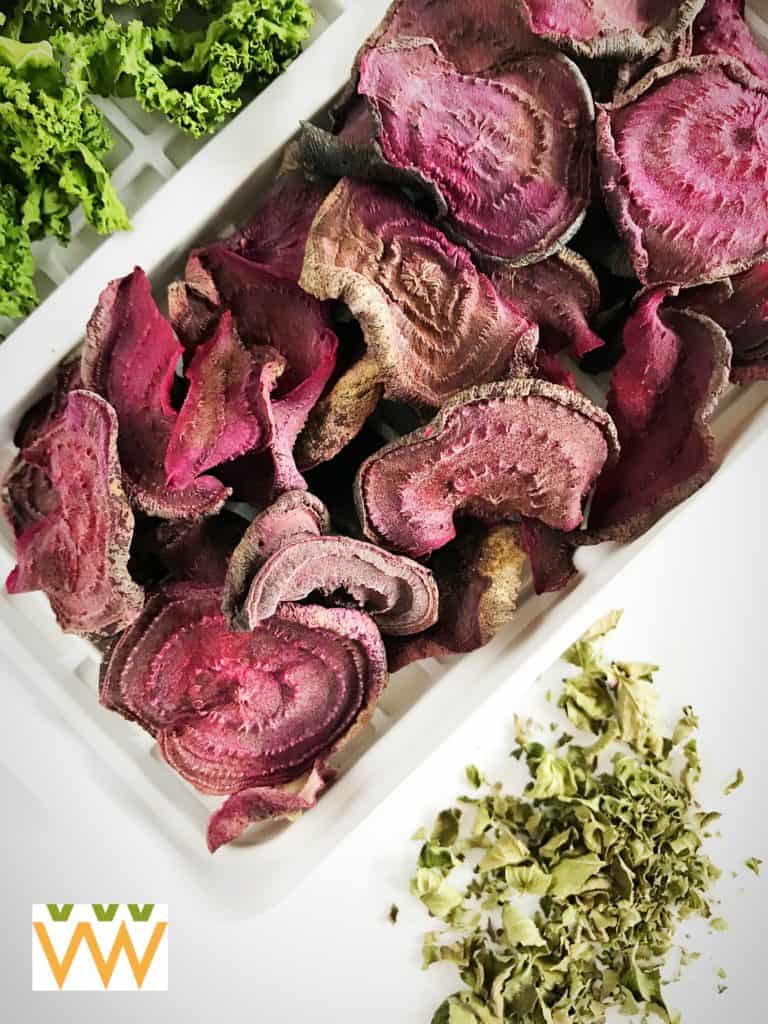
How a Dehydrator Works
A dehydrator uses low temperature heating methods to pull water from fruits and vegetables, creating dried versions. Depending on the fruit or vegetable, drying times can be anywhere from 5 to 14 hours.
Some dehydrators are set to rise to only one temperature, while others might have a variety to choose from, usually between 120 and 165 degrees Fahrenheit. The machine is designed to hold several trays stacked on top of each other with holes for hot air to flow through and work its magic.
What to do with a Dehydrator
Not only do dehydrators encourage more consumption of produce, they are also useful in saving space and preventing food waste.
Have a fridge full of produce that’s about to go bad, and not enough time to eat it? Pull out the dehydrator. Want to save some of your summer produce for winter meals? Dehydrator to the rescue. Going on a long roadtrip and need some non-perishable snacks? Yup, you guessed it, fire up the dehydrator.
Plus, they are easy to use. And the low temperatures make it practically impossible to dry foods for too long.
Tips and Tricks when Using a Dehydrator
- Always wash produce before drying it. Most fruits and vegetables will need to be cut into ⅛″ to ¼″ slices. A mandoline may be helpful.
- Some fruits and vegetables need to be peeled before the dehydrating process, such as nectarines, peaches, and eggplants.
- Consider blanching tough-skinned fruits, such as grapes, cherries, cranberries, and plums, to decrease drying times. The easiest way to blanch foods is to bring a pot of water to a boil, add the fruit, and cover for 2 to 3 minutes. Remove and place into ice water to cool. Pat dry with a paper towel before adding to a dehydrator tray.
- Read through the manual and/or do some research online before drying a fruit or vegetable. You will find some good tips on whether or not to peel, and how thin you will need to slice, a certain food!
- Do not overlap produce on the trays.
- In areas with higher humidity, foods will take longer to dry.
Dehydrators are not just for produce. You can even dry pureed fruit to make into rolls, meat to create jerky (choose lean cuts), nuts, and freshly made pasta.

Consider eating dehydrated fruits as a snack, or adding them to trail mixes. Dried veggies are great in soups and stews.
📖 Recipe
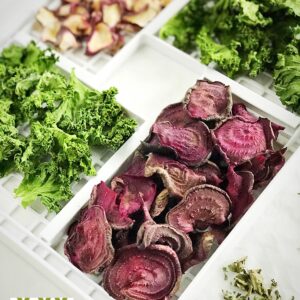
Dehydrated Herbs
Ingredients
- Fresh herbs - washed and dried (consider basil, oregano, mint, thyme, chives, and more)
Instructions
- Preheat dehydrator. Somewhere around 125 degrees Fahrenheit will do.
- Place herbs on dehydrating trays.
- Dry for ~3 hours, checking frequently. Herbs will be able to crumble in your fingers when finished.
Enjoy!
Lizzie


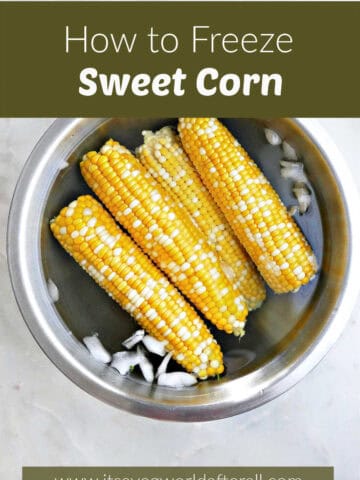
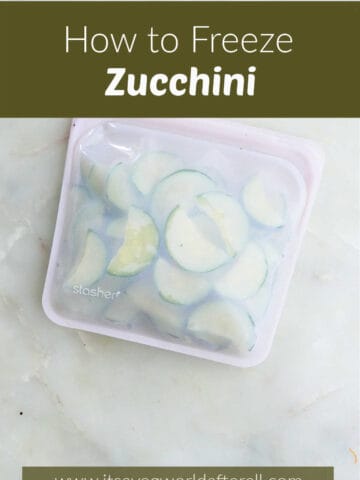
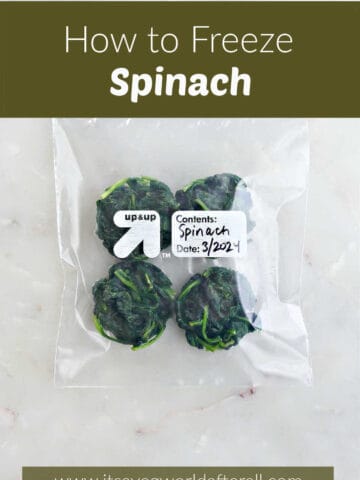
Dilrukshi Rodrigo
I hope to buy your products
Dilrukshi Rodrigo
Awesome experience…. thank you
Stacey O, RD/ LDN
I will be sharing this with a lot of friends who are considering buying one! Thanks
Lizzie Streit, MS
Awesome!! So glad you find it helpful, and I hope your friends do too!
Dena Gershkovich
So cool! I’ve never even heard of a dehydrator before. Thanks so much for sharing this. I’ll have to see where I can get one! I love apple chips, and this would be perfect.